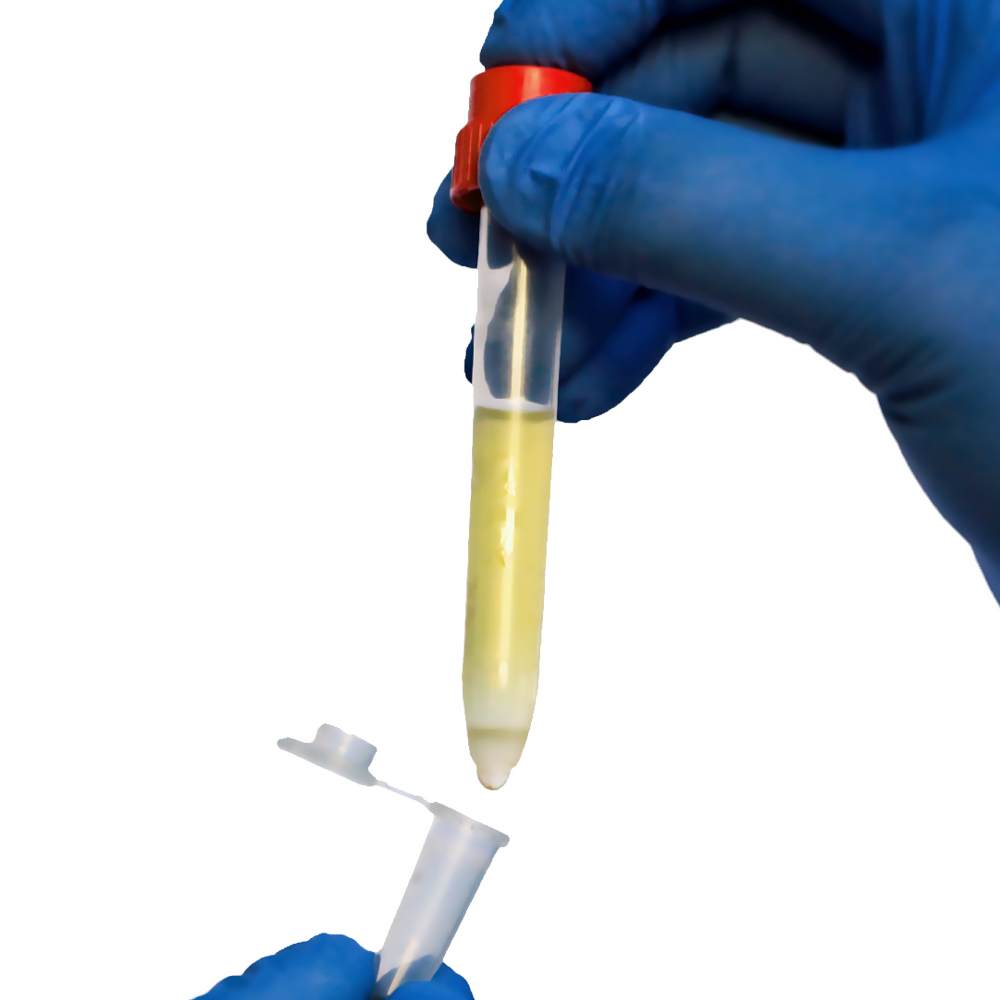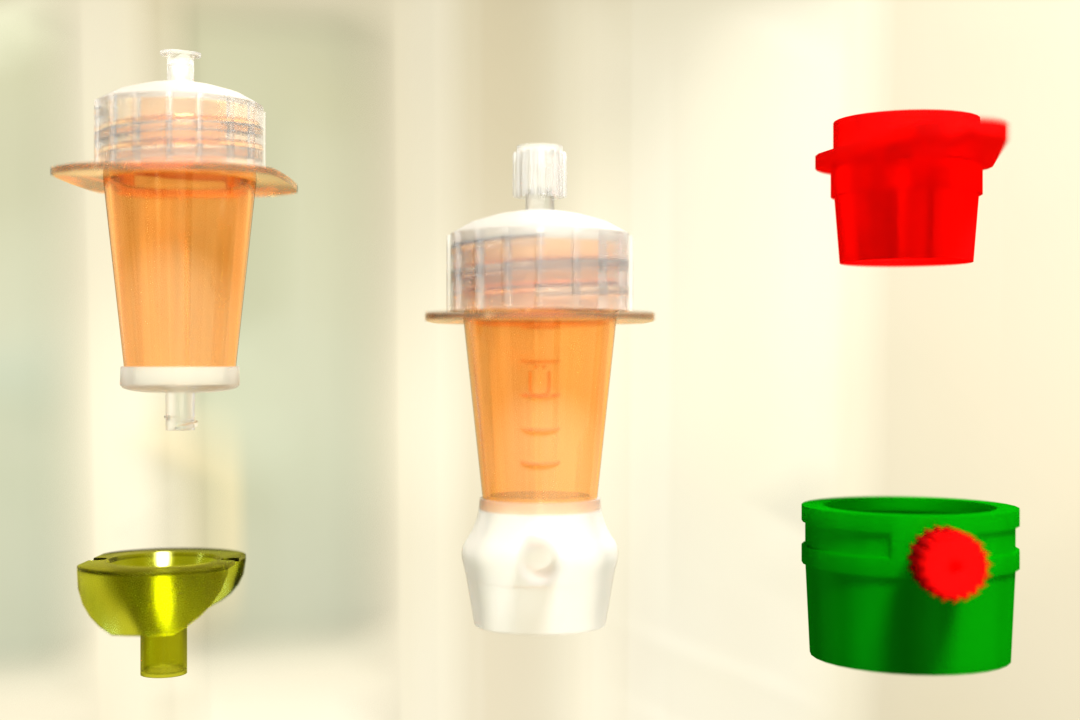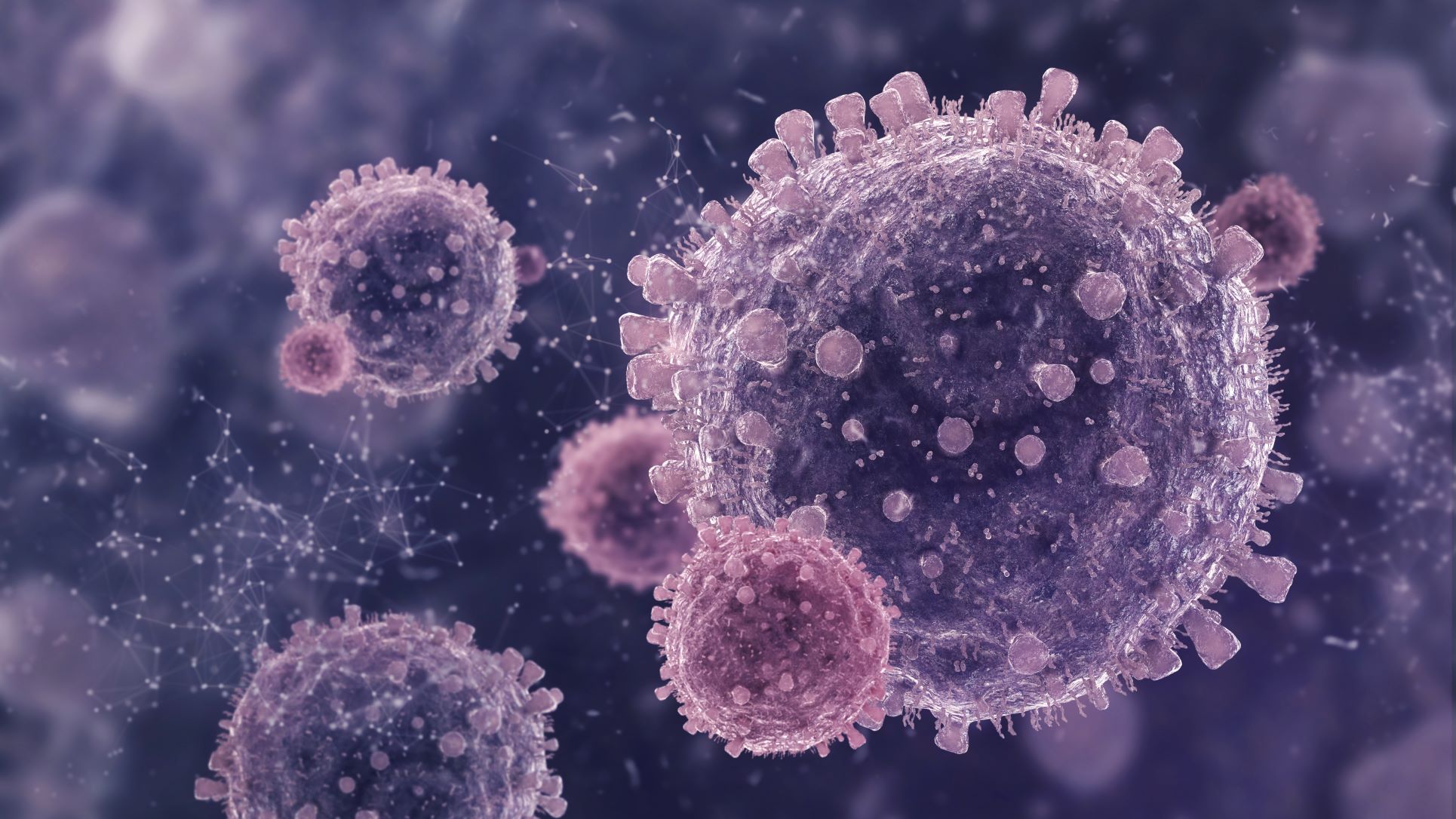Cell death has two variants: apoptosis and necrosis. In this blog post, we will discuss the significance and role of Apoptosis.
Depending on how a cell dies, there are different stages of cell death. Apoptosis and necrosis are the two main types of cell death that are discussed. Each of these entails a distinct procedure and affects the rest of the body in a different way.
A brief on Cell Apoptosis
A controlled sequence of cells dies without releasing toxic chemicals into the surrounding area, a process known as apoptosis. Other names for it include cell suicide and planned cell death. This is the most well-understood type of programmed cell death.
Even when a cell dies, the organism benefits. The contents of the cell are systematically packed into small membrane packets for waste collection by immune cells. Removing developing cells, as well as potentially malignant and virus-infected cells, aids in the maintenance of the body’s equilibrium.
Apoptosis occurs when a cell in a multicellular organism “decides” to die on purpose. This frequently occurs for the benefit of the entire organism, such as when a cell’s DNA is broken and it may develop cancer.
We will also discuss how PluriSpin and PluriBead help in cell enririchment efficiently.
Apoptosis Pathway
There are two types of apoptosis pathways:
The intrinsic pathway is referred to by another name, the mitochondrial pathway. Due to the detection of DNA damage, the cell receives a signal to destroy itself from one of its own genes or proteins.
The death receptor pathway is another name for the extrinsic pathway. In this case, a cell receives a signal from other cells in the organism to initiate apoptosis. This occurs when a cell has outlived its usefulness or is no longer a worthwhile investment for the organism to sustain.
Why Does Apoptosis Occur?
Because apoptosis is frequently brought on by signals produced by a cell on its own, it is also referred to as “programmed cell death.” It is a normal stage of the cell cycle that is brought on by mitosis during cell separation. All cells contain the caspase enzyme, which mediates this process by cleaving particular proteins to trigger cell death.
There are additional triggers that can cause apoptosis. The body can signal apoptosis in cells in response to stimuli including hypoxia, specific immune reactions, high temperatures, and exposure to particular chemicals. Apoptosis is employed in moderation to maintain the body’s health. Uncontrolled cell growth can lead to tumors and other problems if cells continuously divide without going through apoptosis.
Steps in Apoptosis
Cell apoptosis occurs in a gentle, controlled manner without causing damage to neighboring cells. To dry itself out and condense until fragmentation happens, a cell will release moisture. Because the cell does not release into the extracellular environment, there are no morphological changes.
Apoptotic bodies, tiny vesicles that carry the contents of the cell somewhere else, are created. This enables cells to pass away naturally without causing pain or discomfort.
Chromatin condensation in a cell’s nucleus is a sign of apoptosis. This aids researchers in identifying whether a cell is passing away naturally or due to some other cause.
Role of Apoptosis
- Adverse Ventricular Remodeling – cardiac remodeling is a process that occurs in association with systolic and diastolic dysfunction.
- Pancreatic cancer pathology – Pancreatic tumors resist apoptotic cell death, which could lead to new molecular strategies for treating pancreatic cancer.
- Morphogenesis – This apoptosis acts like a stone sculpture, removing material and revealing a new shape.
- Cancer – Apoptosis is a fast and irreversible process that eliminates dysfunctional cells.
- Pathogenesis and Treatment of Bone Diseases – In malignant transformation, defective apoptosis may play a role in cell dysregulation. The death mechanism plays a role in the progression of increasing bone disease.
The Connection Between Apoptosis and Cancer
Carcinogenesis is another term for cancer. It is the result of a series of genetic changes that transforms a normal cell into a malignant one, and evasion of cell death is one of the necessary changes in a cell that causes this malignant transformation. As with apoptosis, a large number of cells die, lowering an individual’s risk of cancer. When a cancer patient’s body undergoes apoptosis, the diagnosis becomes easier because there is no risk factor.
Utilizing the Innovative Technology of Pluriselect: Plurispin and PluriBead
Utilizing a gentler isolation technique is the first strategy for lowering cell death. Traditional separation techniques, like sorting using magnetic beads, can be harsh on cells and produce less-than-ideal results. Check out Plurispin and PluriBead’s capabilities.
Plurispin
A brand-new technique for negative cell isolation called the pluriSpin system can be used to separate cells from whole blood, buffy coat, or cord blood. Without using magnets or a column, the new technique isolates healthy, untouched, and highly purified cells in a single step. As a result, there is a lower likelihood of activating or harming the target cells.
PluriBead
A distinct cell enririchment technology that does not rely on magnetic components is called PluriBead. The procedures are simple: Your pluriBeads, which contain bound target cells, are sieved through a strainer; the unwanted cells pass through while the pluriBeads containing your target cells remain on top. After detaching, you are prepared with your target cells.
Ready To Get Started?
Stop wasting your valuable samples on ineffective procedures, and you will immediately notice the difference. With the help of cutting-edge technology from Pluriselect, you can confidently switch to downstream processing thanks to an incredibly quick and straightforward workflow.
Reference:
NCBI
Nature
Science Direct
 English
English French
French
 German
German
 Spanish
Spanish
 Belgium
Belgium
 Italian
Italian Brazil
Brazil Chinese Mandarin
Chinese Mandarin




